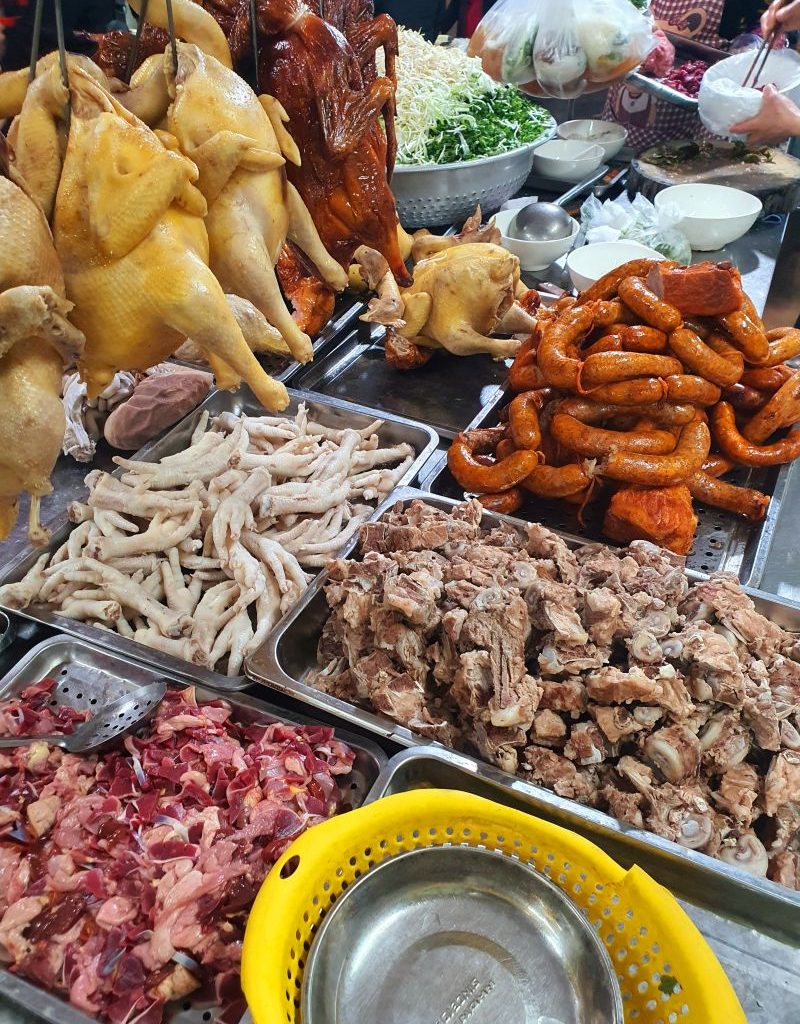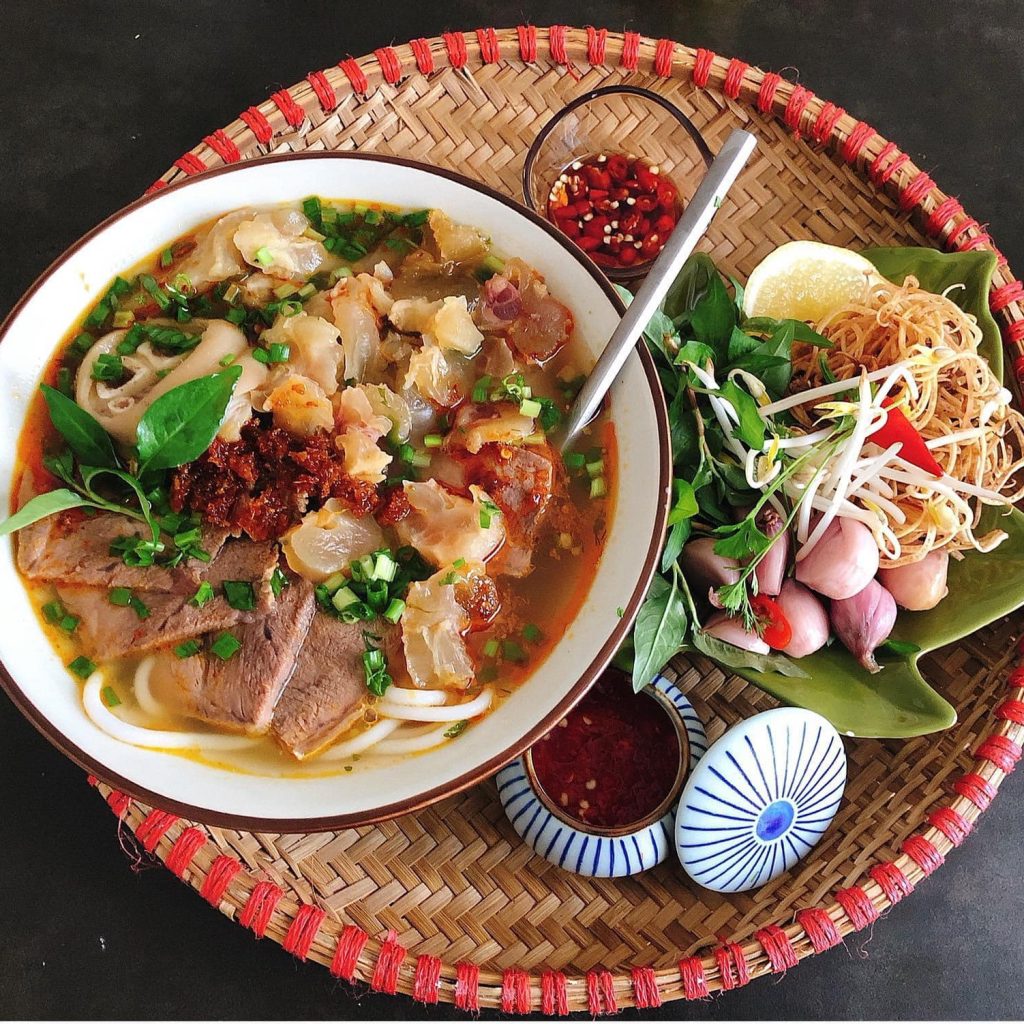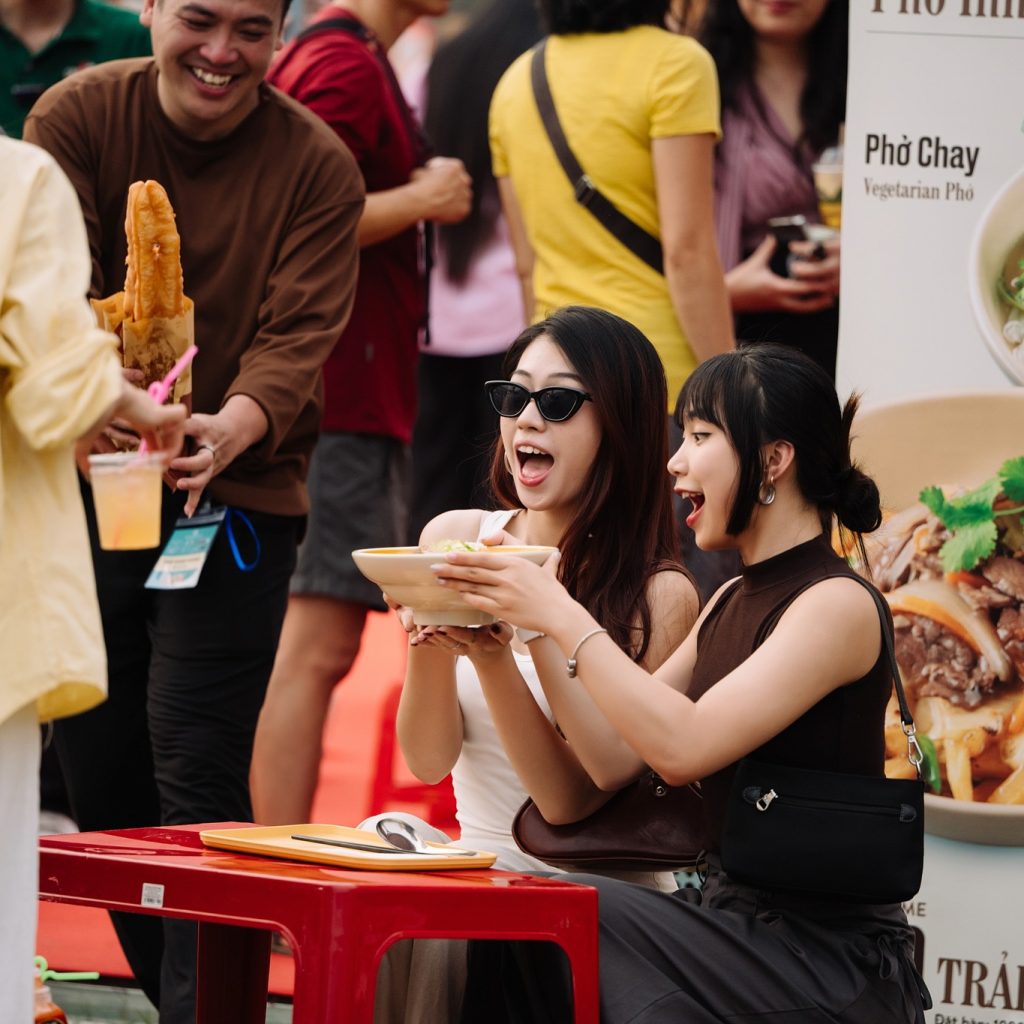
Culinary Tourism Vietnam 2026: Michelin Guide Updates and the Rise of Street Food Tours
Contents
Explore culinary tourism Vietnam 2026 – Michelin Guide highlights, immersive street food tours, and authentic flavors that attract food lovers worldwide.
By 2026, Vietnam is expected to fully emerge as one of Asia’s most influential culinary destinations. For years, travelers have been drawn to its natural wonders and UNESCO heritage sites, but the future of Vietnam’s tourism will increasingly be defined by food. The nation is on the brink of a culinary tourism revolution, where flavors, traditions, and innovation combine to create a unique identity that appeals to both gourmet travelers and everyday food lovers.
Looking ahead, a Vietnam food tour 2026 will likely offer much more than simple tastings. Visitors can expect immersive journeys through markets, night festivals, Michelin-recognized restaurants, and farm-to-table dining experiences. Food will become a bridge to Vietnamese culture, with each dish telling a story of history, resilience, and creativity.
Michelin Guide updates 2025 – new restaurants & chefs

New entrants in 2025
- CieL Dining (HCMC): Debuted with a star, helmed by Young Chef of the Year, Viet Hong Le, who brings innovative and meticulously executed cuisine (Wink Hotels).
- Coco Dining (HCMC): Promoted to a star, led by Chef Thanh Vuong Vo, celebrated for blending tradition with contemporary technique and fermentation-driven menu items (MICHELIN Guide).
- Lamai Garden (Hanoi): Awarded Vietnam’s first Green Star in Hanoi, with chef-owner Hieu Trung Tran championing farm-to-table, seasonal, and zero-waste dining from ingredients grown at his own farm (MICHELIN Guide).
Returning stalwarts
- Gia, Hibana by Koki, Tầm Vị in Hanoi; Ănăn Saigon, Long Trieu, AKUNA in HCMC; and La Maison 1888 in Da Nang all retained their Michelin stars, exemplifying consistent culinary excellence (MICHELIN Guide).
Sustainability & innovation are key themes in this edition. Lamai Garden and Nén Danang both earned Green Stars for their eco-forward practices. Meanwhile, new star restaurants like CieL and Coco Dining showcase Vietnam’s rising culinary talent pushing boundaries in technique and presentation.
Expectations for Michelin Guide Vietnam 2026 – Rising Chefs, New Cities, Fresh Stars
The Michelin Guide Vietnam is projected to expand further by 2026, reflecting the rapid evolution of the country’s dining landscape. After initial recognition in Hanoi, Ho Chi Minh City, and Da Nang, experts anticipate that upcoming editions of the guide will include culinary centers like Huế, Nha Trang, and Phú Quốc.
By then, more restaurants are expected to achieve One Michelin Star, and speculation grows about the possibility of Vietnam’s first Two Michelin Star restaurant. Rising chefs will likely define this new era—many of them young Vietnamese talents trained abroad who will return home to reinterpret traditional recipes with global techniques.
Future highlights may include:
- Huế’s royal cuisine reimagined with contemporary fine-dining flair, giving Vietnam’s ancient capital global recognition.
- Phú Quốc’s seafood gastronomy, where chefs could lead the sustainable seafood movement in Asia.
- Fusion hubs in Ho Chi Minh City, where Vietnamese ingredients may meet Japanese precision, Mediterranean flair, or French refinement.
As the Michelin Guide Vietnam 2026 continues to evolve, food enthusiasts worldwide will be watching closely, planning entire itineraries around Michelin-starred dining.
Street food tours in Hanoi, Huế, Ho Chi Minh City

Even with fine dining recognition on the rise, Vietnam street food will remain the cornerstone of its culinary identity in 2026. Street food tours are expected to grow in popularity, becoming more curated and experience-driven, helping visitors not just eat but also understand the culture behind each dish.
Hanoi – the cradle of timeless flavors
Visitors in 2026 will likely start their day with a steaming bowl of phở bò at dawn, guided by local hosts who share stories of family recipes passed through generations. Future tours could combine tastings with cultural add-ons—like cooking demonstrations or visits to spice markets—to deepen appreciation of Hanoi’s food heritage.
Huế – imperial cuisine revived

By 2026, Huế’s food tours are expected to highlight the city’s rich culinary history. Travelers may sample bún bò Huế paired with delicate royal snacks such as bánh bèo, all while hearing stories of the Nguyen Dynasty’s elaborate feasts. With UNESCO’s interest in safeguarding culinary heritage, Huế could become a living museum of food traditions.
Ho Chi Minh City – a global street food capital
The bustling streets of Saigon will likely evolve into one of the world’s most celebrated food tour destinations. In 2026, scooter-based night tours may become more immersive, combining stops for bánh mì, seafood barbecue, and tropical desserts with behind-the-scenes access to local kitchens. The city’s diversity will continue to fuel creative street food, blending Vietnamese flavors with global street-food trends.
Culinary Tourism Vietnam: Food festivals & night markets

Looking ahead, food festivals and night markets are expected to play a central role in Vietnam’s tourism calendar by 2026. These vibrant events will serve as showcases for both heritage recipes and modern innovations.
Expanding food festivals
Annual events like Vietnam Culinary Week are projected to grow larger, with international chefs joining local talents to celebrate Vietnamese flavors. Regional festivals may expand as well: Đà Nẵng could highlight seafood sustainability, while Hanoi may host cultural banquets in restored heritage sites.
Night markets reinvented
Vietnam’s night markets will likely remain essential experiences, but by 2026, they may become even more organized and thematic. Hanoi’s Old Quarter night market could expand its food sections with curated “heritage lanes” offering authentic dishes, while Ho Chi Minh City’s Bến Thành Night Market may embrace more fusion stalls alongside traditional street eats. Hội An, with its lantern-lit charm, is expected to continue enchanting visitors with riverside night food bazaars.
These markets and festivals will not just be about food; they will become cultural gatherings where music, art, and performance meet gastronomy—an immersive element of culinary tourism Vietnam.
Farm-to-table and fusion dining

Sustainability and creativity are predicted to be the two dominant trends shaping Vietnam’s dining scene by 2026.
Farm-to-table movement
The farm-to-table concept, already growing, is likely to become mainstream in Vietnam by 2026. Restaurants in Đà Lạt, the nation’s agricultural heart, will be at the forefront, offering menus built entirely around seasonal harvests. Phú Quốc may emerge as a leader in sustainable seafood practices, giving rise to eco-friendly seafood dining experiences.
Travelers could expect interactive farm visits where they pick vegetables or learn about organic farming before joining cooking classes. By 2026, farm-to-table dining may no longer be a niche but rather a signature of Vietnamese hospitality.
Fusion dining innovations

Meanwhile, fusion cuisine is expected to evolve further. By 2026, we may see bold creations like pho consommé with French truffles, banh mi reinterpretations with Mediterranean fillings, or Vietnamese coffee desserts fused with Japanese matcha techniques.
Chefs will likely use fusion not as gimmick but as cultural storytelling—bridging Vietnamese traditions with global culinary movements. High-end fusion restaurants in Ho Chi Minh City and Hanoi could become must-visit spots for food-driven travelers, while smaller creative kitchens in coastal towns may pioneer regional twists.
Conclusion: Vietnam food tour 2026 – the future of travel
Vietnam’s culinary landscape in 2026 promises to be a journey that excites all senses. With the Michelin Guide Vietnam expected to expand, Vietnam street food tours becoming more immersive, food festivals and night markets drawing global attention, and farm-to-table and fusion dining setting new standards, the nation is positioning itself as a global food tourism leader.
For future visitors, a Vietnam food tour 2026 will not only be about tasting phở or bánh mì—it will be about experiencing a culture that uses food as its most powerful form of storytelling. The coming years are set to elevate Vietnam into a must-visit destination for culinary travelers worldwide, where tradition, sustainability, and innovation unite to define the future of culinary tourism Vietnam.

Knowledge sharing about Vietnam food culture and traditional recipes.
